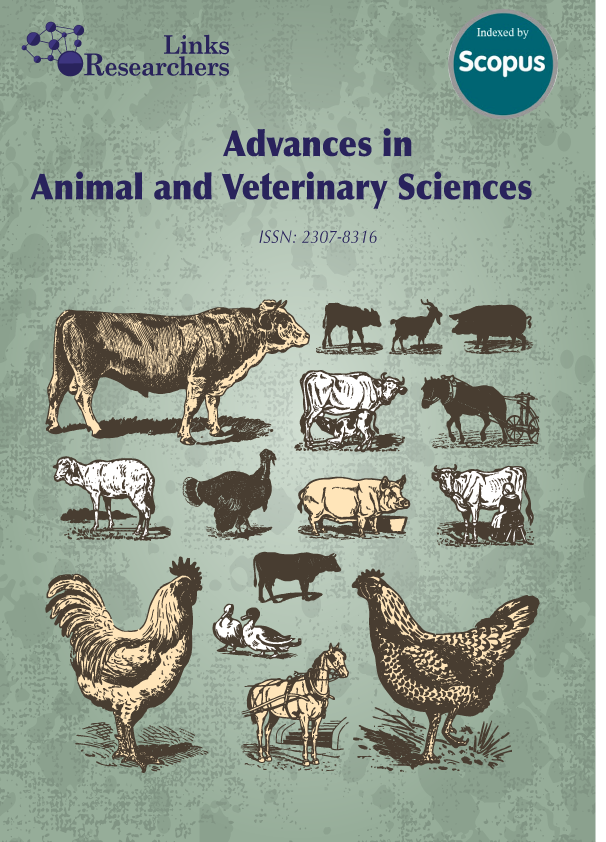The ensilage process is an effort to improve the quality of corn straw and use elephant grass as the main source of fiber for ruminants. The research aimed to obtain a ration formulation through the use of elephant grass silage, corn straw silage, and concentrate for etawa crossbreed goats. The experiment used a randomized block design (RBD) with four treatments and each treatment was repeated four times, so there were 16 experimental units. The four treatments were: A = silage with 0% corn straw silage + 60% elephant grass silage + 40% concentrate; B = 20% corn straw silage + 40% elephant grass silage + 40% concentrate; C = 40% corn straw silage + 20% elephant grass silage + 40% concentrate; D = 60% corn straw silage + 0% elephant grass silage + 40% concentrate. The variables observed were body weight, feed consumption, nutrient consumption, and nutrient digestibility. The results showed that body weight and feed consumption showed no significant differences between all treatments and tended to be the highest in treatment C. Dry matter and crude protein digestibility of treatment A was the lowest but the highest on nitrogen-free extract (NFE) compared to treatments B, C, and D. The crude fiber digestibility was highest in treatment C and significantly different compared to treatment A, B, and D. The nutrient consumption, digestibility of organic matter, crude fat, and total digestible nutrient (TDN) showed no significant differences in all treatments and tended to be the highest on the treatment C. It can be concluded that giving silage with 40% corn straw + 20% elephant grass silage + 40% concentrate produced the highest body weight and the best nutrient digestibility.
Keywords | Elephant grass silage, Concentrate, Corn straw silage, Digestibility, Etawa crossbreed goat, Performance





